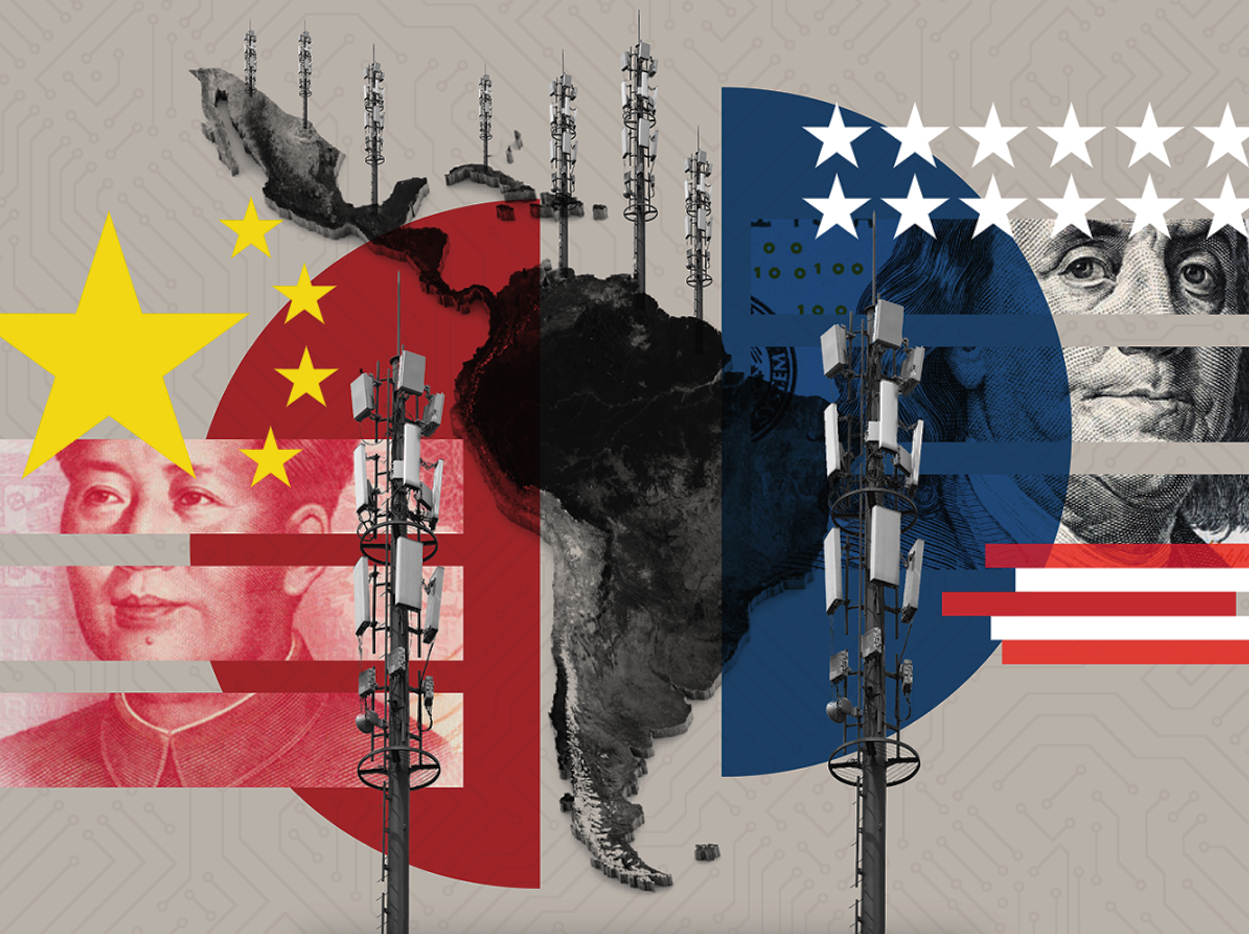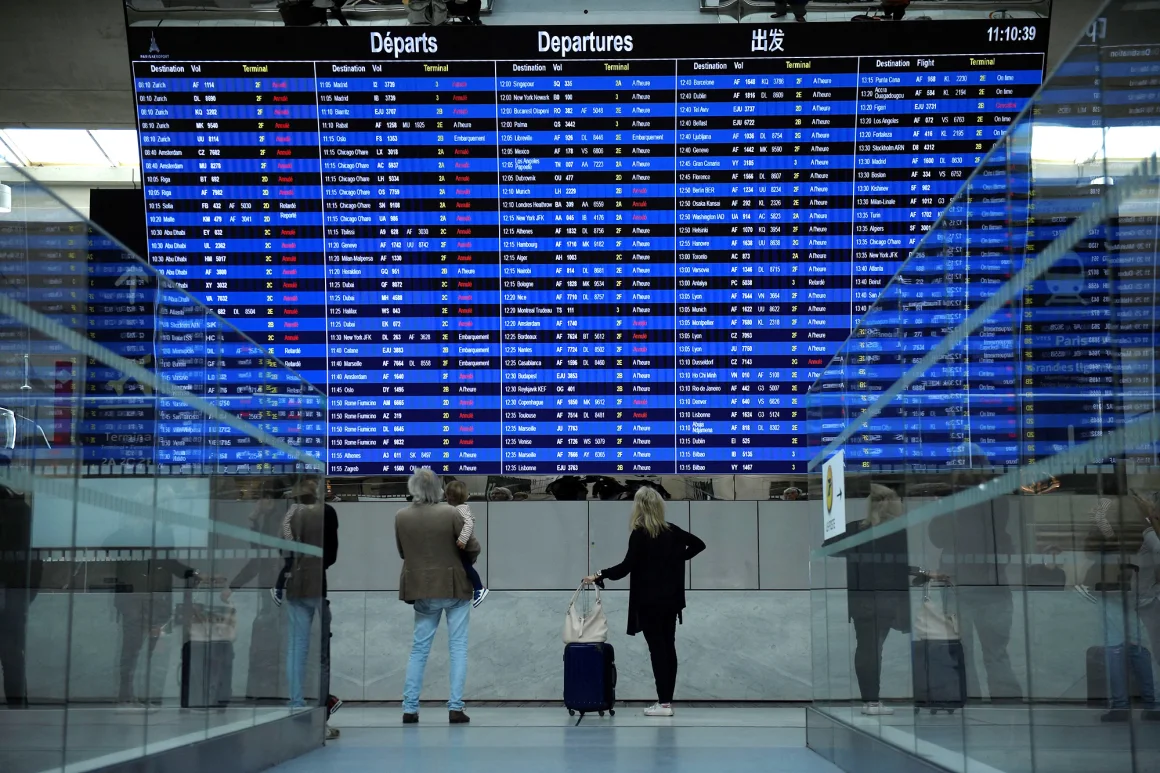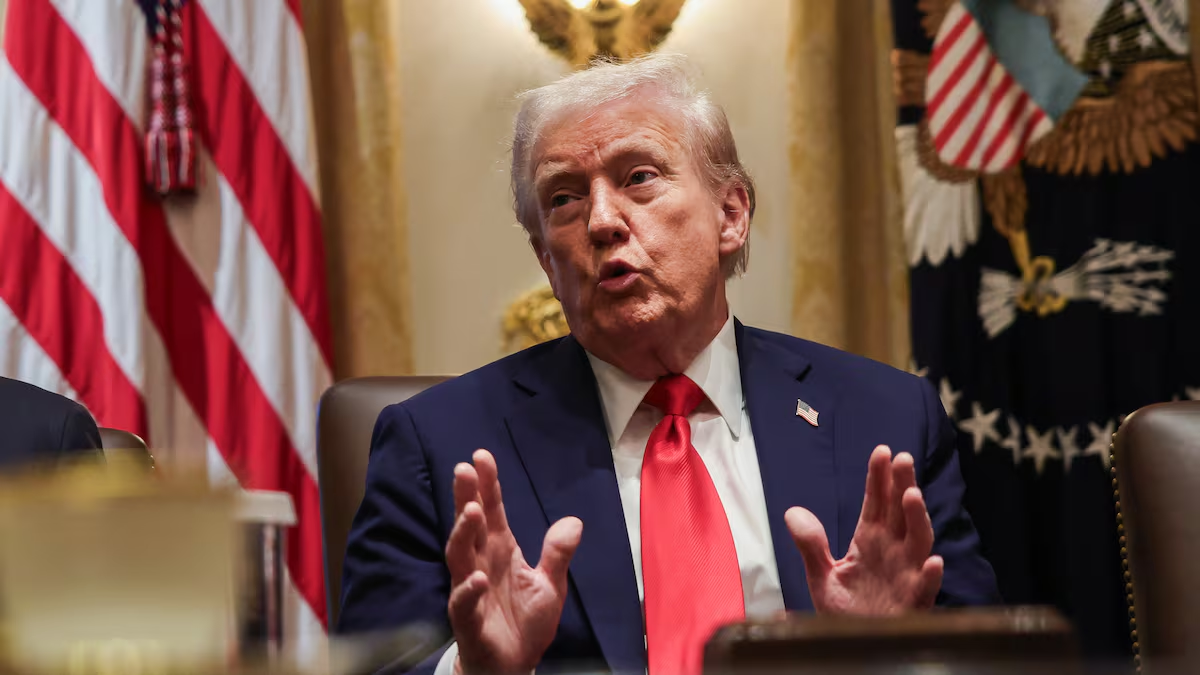While the United States imposes tariffs on its southern neighbors, the desire for closer cooperation with Beijing is growing across South America. Chinese presence and investment in Latin America have expanded and diversified in recent times. According to local media, Brazil plans to link up via rail with the new Peruvian port of Chancay, which is financed by China; Colombia is considering joining the so-called Chinese Belt and Road Initiative; and Venezuela is aiming to deepen cooperation with Chinese oil companies.
This suggests that the tariffs imposed by U.S. President Donald Trump on Latin American countries are pushing the region closer to Beijing.
China Focuses on Long-Term Goals
“What we’re seeing is a lot of uncertainty, constant change, and a lack of clearly defined rules,” says Vladimir Rouwinski from the Research Center at Icesi University in Cali, Colombia. Nearly every week brings new announcements and demands from Washington, making it hard for others to adapt to a continually shifting environment.
China, by contrast, appears to stay committed to its strategy of pursuing and implementing long-term plans and goals, observes Rouwinski. “However, there is a possibility that China might also quickly expand its presence and use Latin America as a short-term strategic pillar,” he adds.
China Seen as a More Reliable Partner
Enrique Dussel-Peters, coordinator of the Center for China-Mexico Studies at UNAM in Mexico City, shares a similar view: “China has been particularly active in its South-South cooperation strategy for several decades.”
In early March, China’s Foreign Minister Wang Yi highlighted the importance of strengthening ties with Latin America—a relationship built on mutual respect, equality, and reciprocal benefit. The contrast with the executive orders issued by the U.S. president since taking office in January could hardly be greater. “In the current confrontation between the U.S. and China, Beijing has proven to be a more trustworthy long-term partner,” the expert concludes.
Latin America: A Challenge or an Opportunity?
The two global powers show fundamentally different approaches to the region: “The U.S. government sees Latin America as a problem. The Chinese government, by contrast, sees a region full of economic opportunities,” says Brazilian political scientist and China expert Mauricio Santoro.
This dynamic did not begin with Trump but has been ongoing since at least the early 2000s. “However, the current U.S. president’s political agenda has deepened tensions with Latin America in areas such as trade, migration, and organized crime. Washington’s agenda for the region is largely negative, focusing on challenges and offering little in the way of mutually beneficial agreements or positive long-term visions,” explains Santoro.
Latin America Cannot Choose Between China and the U.S.
China is often the first or second trading partner for many Latin American countries. For instance, bilateral trade volume with Brazil has surged from one billion dollars in 2000 to over 130 billion today.
“Latin American countries neither want nor can afford to choose between the United States and China,” argues Santoro, as both nations are crucial to their economies. Nonetheless, the current trend shows a decline in U.S. influence while China’s presence continues to grow.
At the same time, traditional instruments of U.S. influence—such as economic pressure—are becoming less effective, particularly in larger nations like Brazil, Mexico, and Argentina, Santoro points out.
China May Turn Its Attention to Latin America
Within this context, Brazilian business journalist and author Gilvan Bueno sees Latin America as playing an increasingly key role in China’s global trade strategy.
“China’s exports have dropped by over 60 percent since the beginning of the trade war,” Bueno notes. “Latin America will become a focal point for the Chinese, who must develop new strategies and diversify geopolitically to avoid overdependence on the U.S. economy,” he predicts.
On this basis, it is likely that both Africa and Latin America will offer Beijing the opportunity to absorb its industrial overcapacity and offset the decline in exports.



